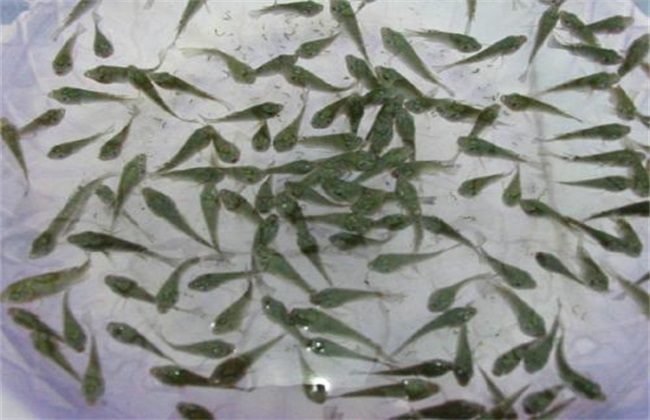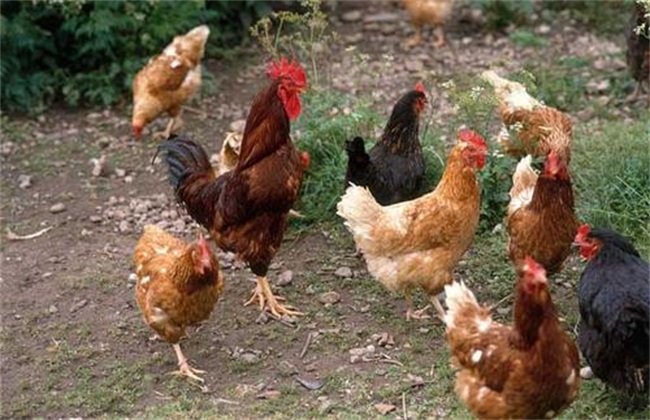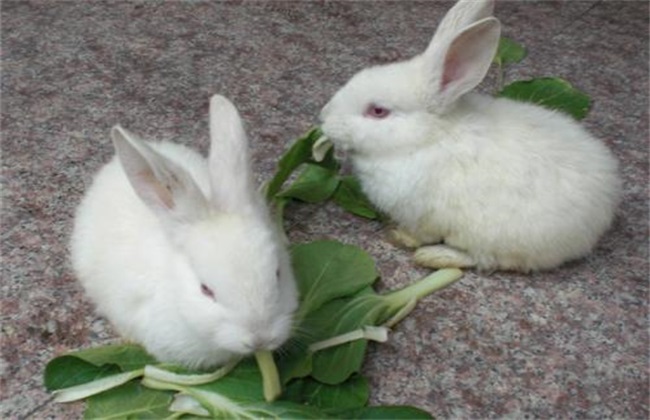How to improve the survival rate of fry after entering the pond
Fish fry from the purchase to put into the pond is the most prone to problems, because the transport of fish fry will lead to a weak price, when entering the pond, the change of environment may not make the fry adapt. Some fish farmers have suffered a lot of losses in this respect, so that every time they buy fish fry, they have to buy a lot more to ensure the number of fish fry they want, so how to improve the survival rate of fish fry after entering the pond?

1. Pond disinfection
In the initial stage, the ability of all aspects of fish fry is very poor, and the method of artificially improving its physique is limited, so what we can do is to create a good living environment for fish fry to complement each other and improve its survival rate. Disinfection is essential. At present, the pond is generally disinfected with quicklime. Every corner should be sprinkled evenly. After being immersed for a period of time, the water will be released, rinsed again, and then left idle for about a week. When disinfecting the pond, you should be clear about the mud on the bottom of the pond and some of the larger sundries around it.
2. Control the water temperature
The influence of water temperature on fish fry is very important, too high and too low temperature will lead to mass problems of fish fry. Generally, the water temperature of the pond under the fry is about 20-22 ℃, and the water temperature of the culture pond had better be close to that of the pond before it is put into the lower pond, and the temperature difference between the upper and lower temperature is generally no more than 2 ℃. In other words, if the water temperature in front of the pool is 21 ℃, then the water temperature in the pool had better be about 19-23 ℃, otherwise it is prone to stress reaction, that is, fish fry do not adapt to the temperature and die.
3. Disease prevention
Fish fry after the pond to do a good job of parasite prevention and the emergence of bubble disease, these are the two most likely to encounter after the pond. Parasites are rotifers, ring worms, etc., which can be treated with corresponding agents, and the probability of general disinfection in place will be much smaller. Bubble disease is caused by more factors, such as more dissolved oxygen in water, fish fry will increase the risk of bubble disease, and if elements such as ammonia nitrogen are on the high side, the tail position may also cause bubble disease. Drugs such as benazepril have a certain preventive effect on this.
4. Separate ponds for raising water
Fish fry should be tested before launching to see if the current water quality is suitable for aquaculture, and then all of them can be put into the pond after confirmation. At this time, fish fry can test the survival of plankton in the water, so it is best to raise water before going into the pond, so that there are more microbes in the water, so that fish fry have better food. Secondly, after entering the pond, it does not mean that the fry will be released in the whole pond immediately. This will kill a lot of fry. Generally, after getting into the pond, you need to live in the cage for a period of time, one is to let it adapt to the life of the pond in the future, the other is to fatten it, and then divide the pond, the larger fry can be divided into ponds when it is about 3-5 centimeters.
In fact, the following steps are also carried out around these, so that when the fish fry are better in the living environment and other aspects, their survival rate will naturally come up. For more information, you can follow us.
Related
- On the eggshell is a badge full of pride. British Poultry Egg Market and Consumer observation
- British study: 72% of Britons are willing to buy native eggs raised by insects
- Guidelines for friendly egg production revised the increase of space in chicken sheds can not be forced to change feathers and lay eggs.
- Risk of delay in customs clearance Australia suspends lobster exports to China
- Pig semen-the Vector of virus Transmission (4)
- Pig semen-the Vector of virus Transmission (3)
- Five common causes of difficult control of classical swine fever in clinic and their countermeasures
- Foot-and-mouth disease is the most effective way to prevent it!
- PED is the number one killer of piglets and has to be guarded against in autumn and winter.
- What is "yellow fat pig"? Have you ever heard the pig collector talk about "yellow fat pig"?



